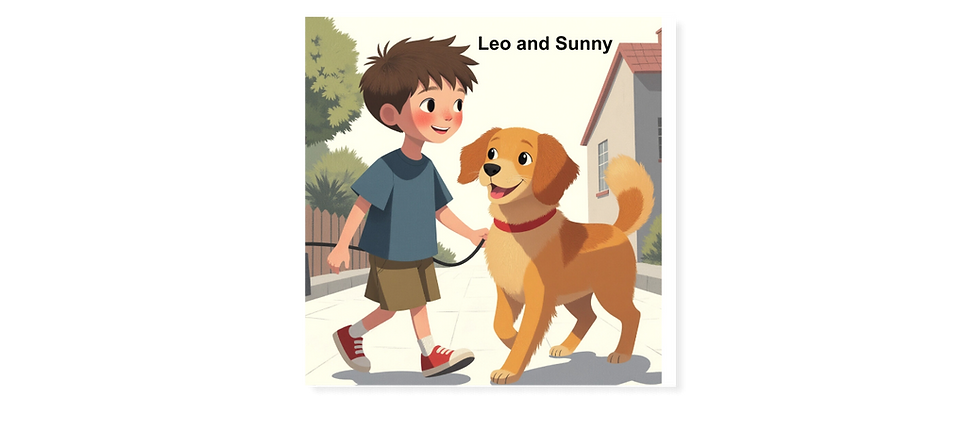Presentations - Stories and Structure
- Paul Larkin
- Nov 2, 2021
- 3 min read
Updated: Nov 5, 2021
Every great story has these 3 components. Does yours?
The best type of story to use in a presentation has 3 essential ingredients:
· Problem
· Uncertainty (possible solutions + selected solution + what happened next?)
· Resolution
How were these components discovered?
Susan Engel, a child development psychologist, researched the story-creating skills of young children. She found that children as young as six were using the same formula:
Problem, Uncertainty, Resolution.
Problem
From birth, a child’s life has been full of problems. “How do I tell them I’m hungry?” “What happens if I throw this ball against the wall?” “How do I open this drawer?” This constant need for knowledge, driven by curiosity, established problems as the starting point of any event.
Uncertainty (possible solutions + selected solution + what happened next?)
Once the question was asked, there needed to be an answer. What would happen if I did this? Did it work? No. Suppose I try that. The young child was searching for the causal relationship between events. Did this action cause that effect? "I did this. Because of this. That happened." The constant interplay between success and failure maintained the child’s focus and interest. Problems, successes, and failures became part of the fabric of life. When there was uncertainty, there was attention, curiosity, and activity.
Resolution
The child felt a sense of accomplishment when they succeeded in a task. They had the information they were looking for. Success was achieved and the problem solved.
How did society influence the ‘problem, uncertainty, resolution’ formula?
As the child grows older, they become aware that they are in a society and that this society has a culture. There are expectations. The child is looking for patterns. Who does what? Where and when do these events happen? They are seeking information.
In addition, the child needs to internalize the rituals and values of their culture. There is more emphasis on asking questions. Why? How? And a need to pose alternative solutions. “What would happen if . . .?”
The questions were not confined to verbal requests. They played games. They would role play events and pretend to be a different person in an imaginary setting. “What would happen if . . .?”
Did the child find the same formula in stories?
Parents and teachers would use stories to initiate the child into the values of society. Often this was a story with a moral where the main character was faced with a problem. They told biblical stories such as Eve and the Apple, or Lot’s wife as she flees Sodom. And folktales such as Red Riding Hood’s dilemma as she journeys to her grandmother. The story starts with a problem. There was uncertainty. “What happened?” The child wanted to know the answer. Who wants to listen to a story that does not have an ending? The answer resolved the story and the tale ended.
Problem – uncertainty (possible solutions + selected solution + what happened next?) – resolution.
This became a pattern that the child soon learned.
Conclusion
The young child was now in possession of all the elements of a great story. They had created imaginary situations in their play and could invent characters and context as required. They had experienced problems from birth. They had heard the moral tales with all their problems. They realized that if you created uncertainty and got the listener to ask, “What happened?”, you got their attention. They knew from experience that you needed to resolve the problem to end a story successfully.
They had the formula to create a story, real or imaginary, that got people’s attention.
Adults are no different from children. If you are using a story in your presentation, you will get your listener’s attention and hold their interest if it has those 3 magical ingredients:
Problem –
Uncertainty (possible solutions + selected solution + what happened next?) – Resolution.
end




Comments